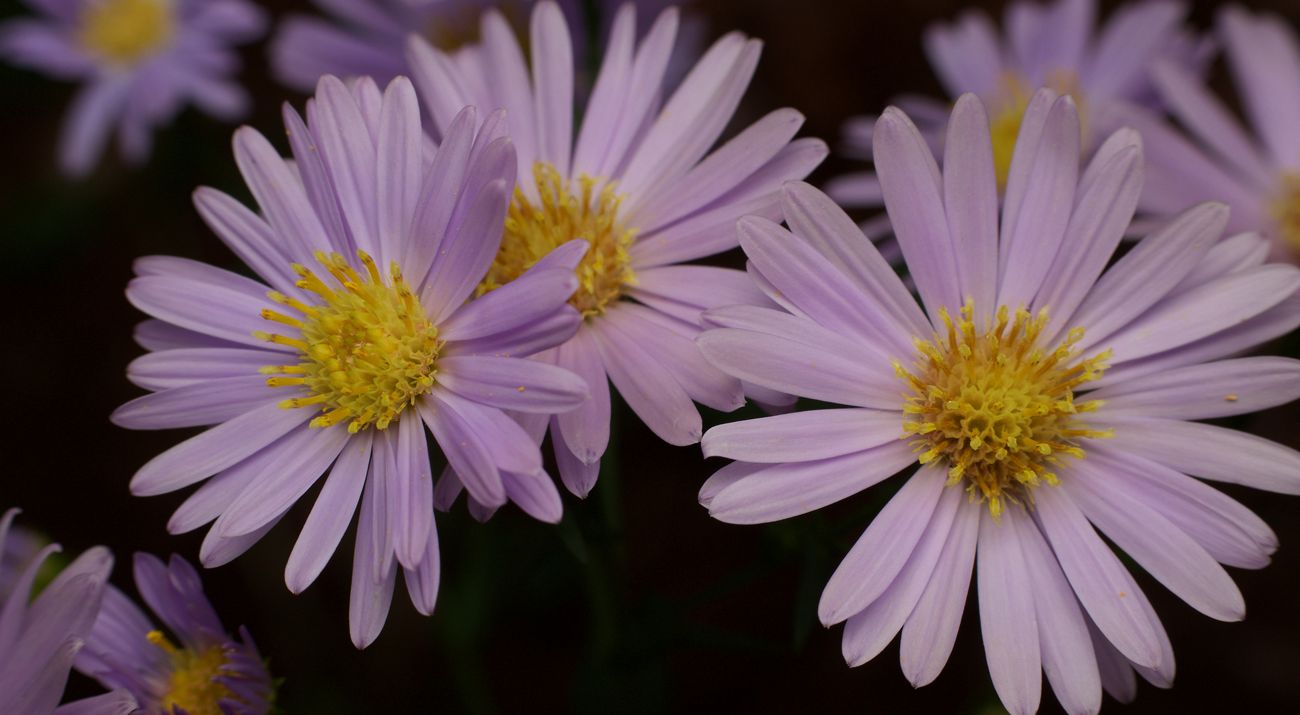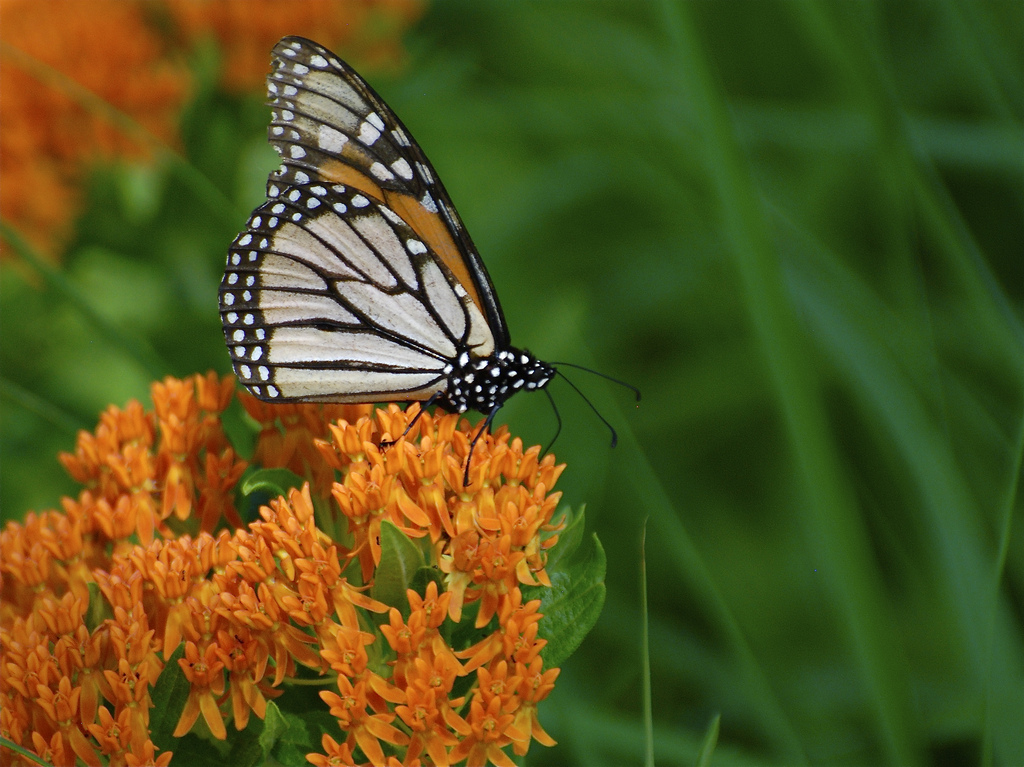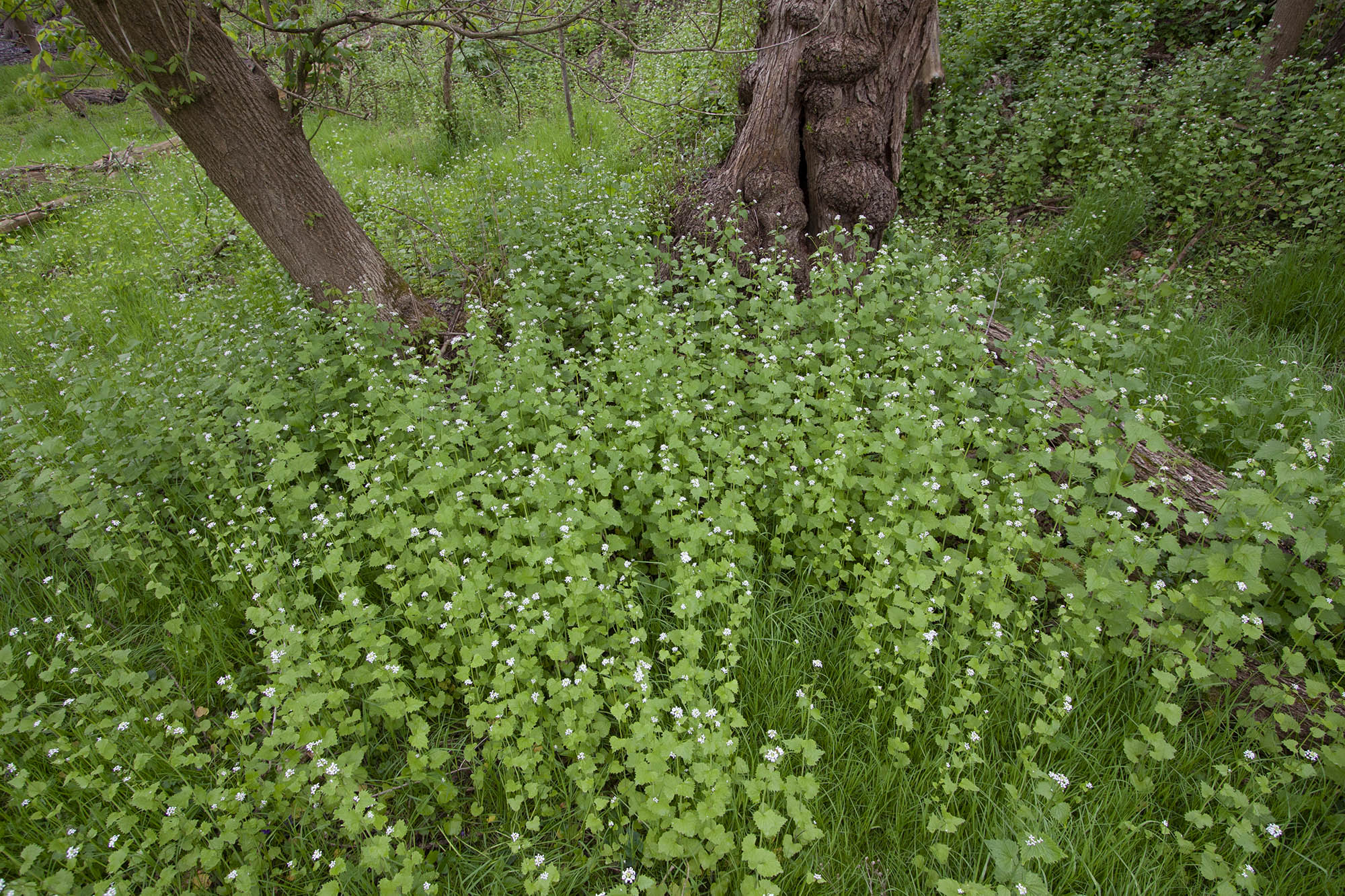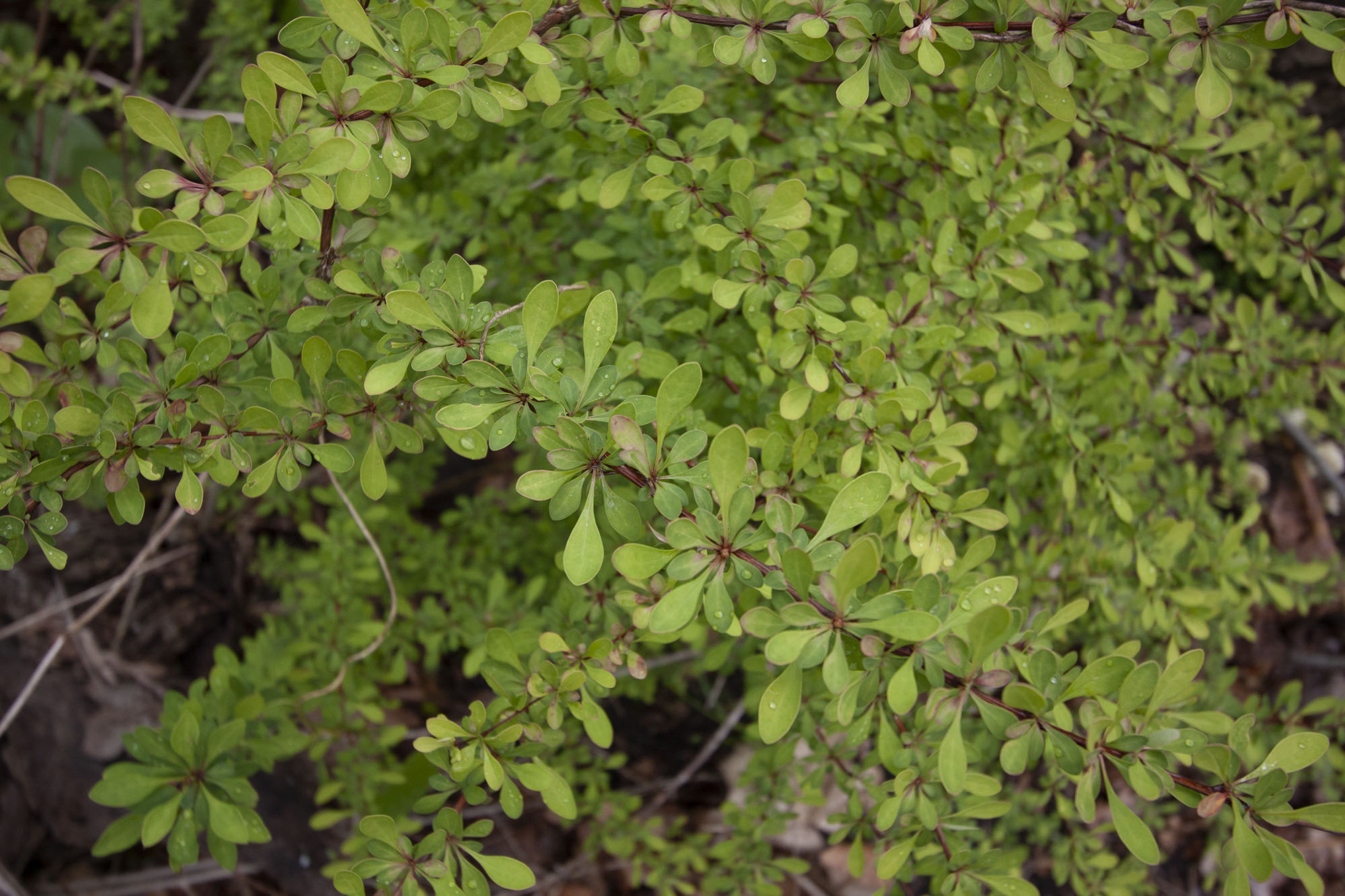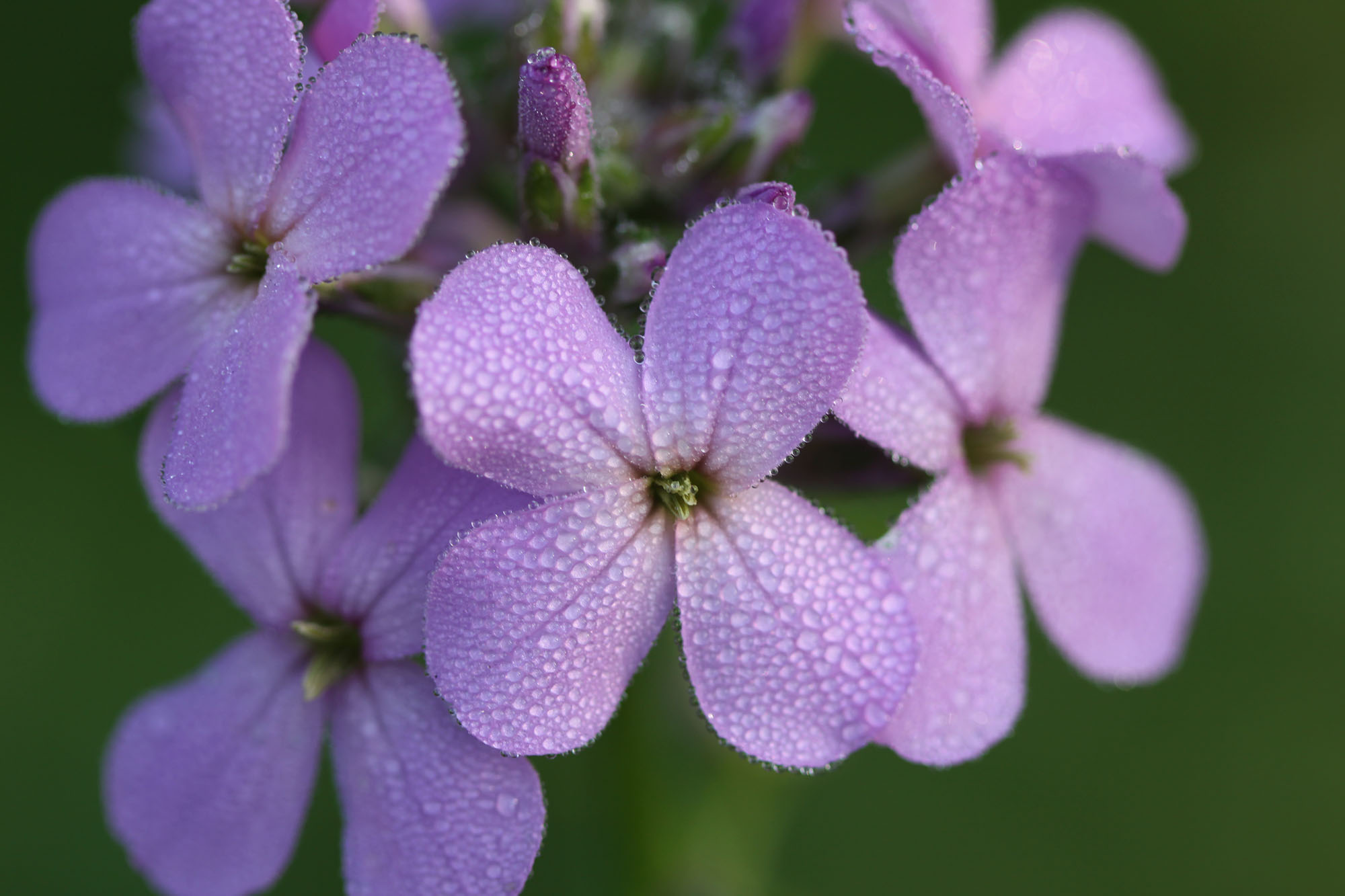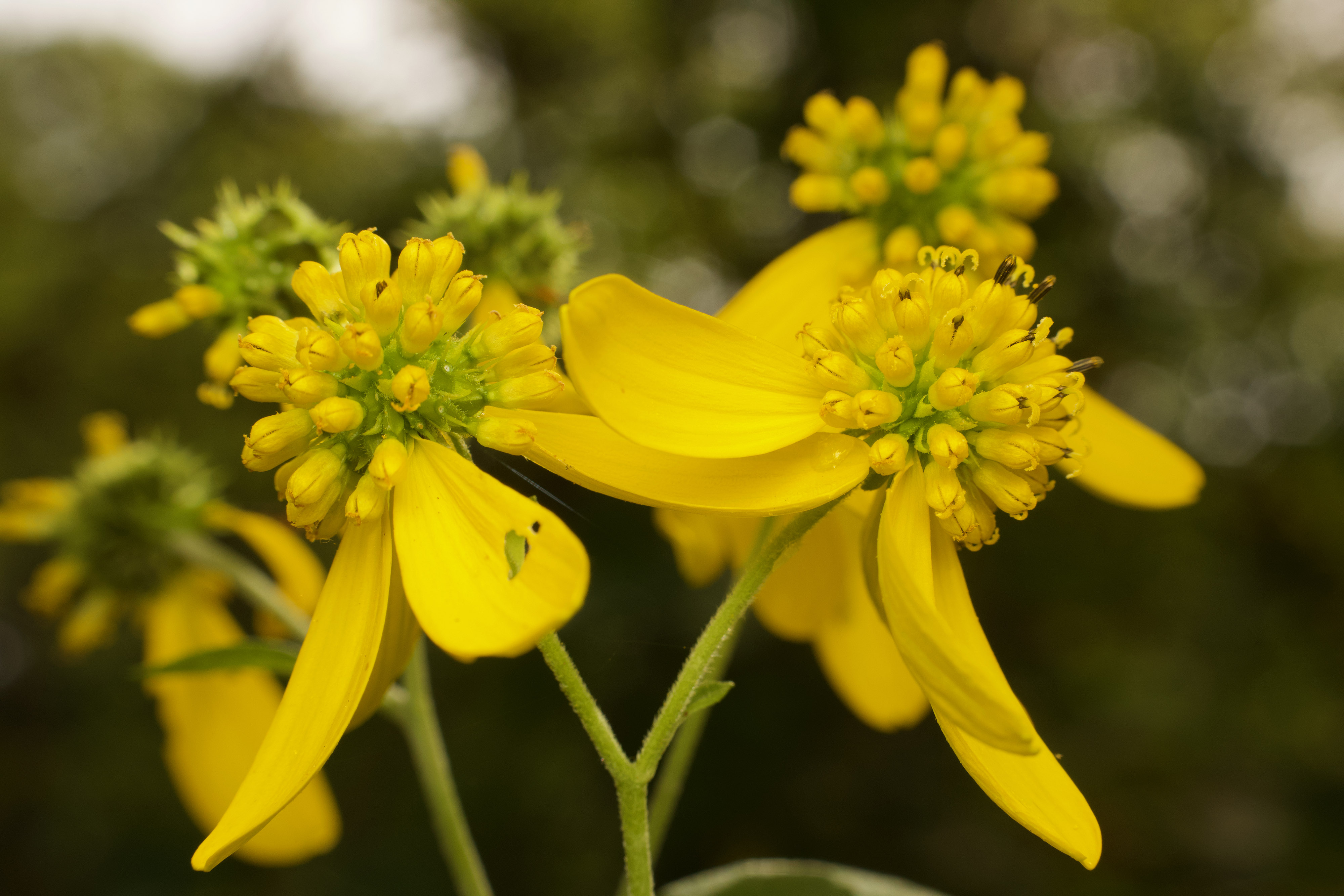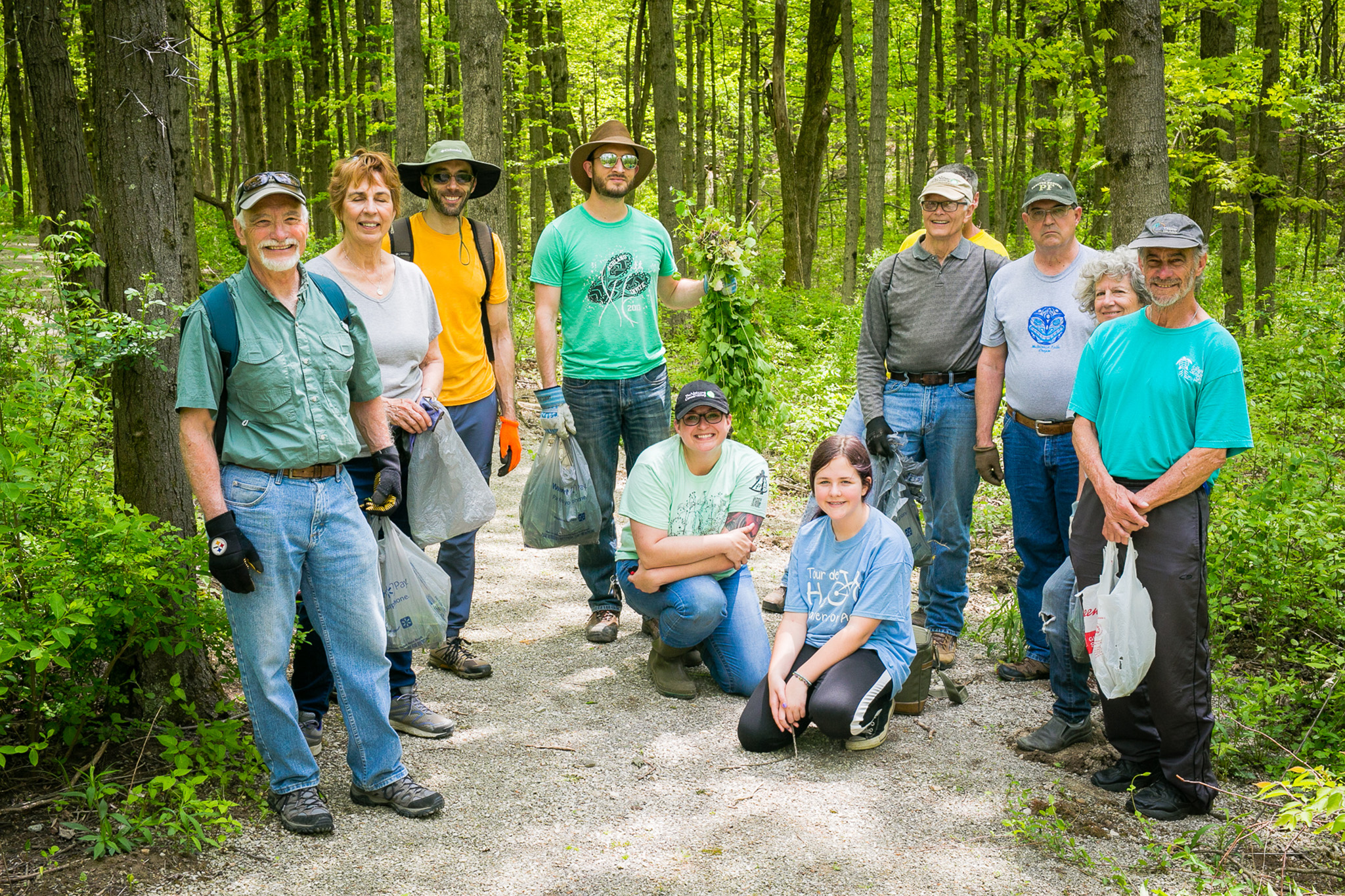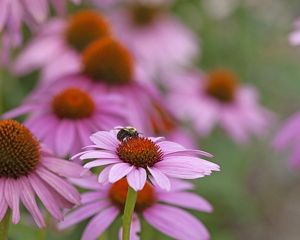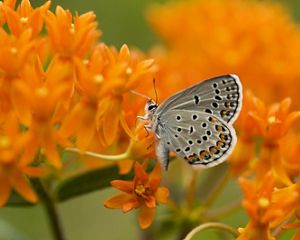Protecting Native Plants in Ohio
Native plants are the foundation of Ohio's ecosystems. Discover how TNC is supporting native plant communities and how you can help at home.
Native plants are the foundation of Ohio's ecosystems. They provide food, shelter and habitat for wildlife and help maintain healthy soils and waters for people and animals alike. Unfortunately, native plant communities are under threat. Learn how The Nature Conservancy is helping native plants thrive in Ohio and discover ways you can help.
Get More Nature News
Sign up to receive monthly news and updates from The Nature Conservancy in Ohio.
Native Plants Support Wildlife
Native plants are essential to the survival of many wildlife species. Native animals coevolved with native plants for millennia. Over time, some wildlife species developed adaptations and preferences for specific plants. The Karner blue butterfly, for example, is an insect specialist whose larvae feed exclusively on wild blue lupine (Lupinus perennis). Unfortunately, as the oak savanna habitat of northwest Ohio and southwest Michigan has grown increasingly rarer, so too have populations of the butterfly. Today, the Karner blue is federally endangered, and it’s not the only insect specialist in trouble. Of the 500 native bees in Ohio, an estimated 25% are specialists, pollinating plants only within a single plant genus or family. When those plant species are lost or replaced with non-native species, wildlife specialists face an uncertain future.
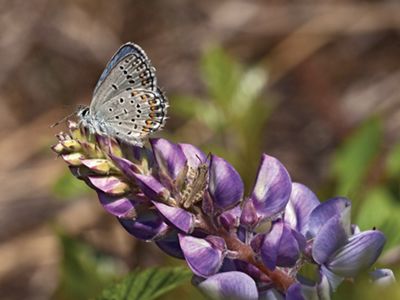
Native Plants are Resilient to Climate Change
Native plants are also more resilient to climate change and other environmental stressors than newly introduced, non-native species. Because they have evolved over time to adapt to the local climate and soil conditions, they are often better able to withstand fluctuations in temperature, precipitation and other environmental factors. This resilience is critical for maintaining the health and stability of Ohio's ecosystems in the face of climate change. Native plants also help prevent soil erosion and absorb pollutants and excess nutrients from soil and water, which improves the quality of Ohio’s rivers, lakes and streams.
April is Ohio Native Plant Month
Learn more about the importance of native plants and where to purchase them in Ohio.
Visit the Ohio Native Plant Month WebsiteNative Plants as Keystone Species
Shaded by dense canopy coverage, the understory of eastern hemlock-dominated forests offers distinct habitat for species that thrive in the cooler microclimate created by the trees. Losing the hemlocks would cause intense degradation of water quality due to the warming effect that would result from loss of canopy cover. This warming would cause a chain reaction effect on the ecological communities that hemlocks support. As water warms, it loses the ability to carry dissolved oxygen, making it difficult for some aquatic insects and fish to thrive. If insect and fish populations decline, so too would the predators that depend on them for food.
Morgan Swamp Preserve is home to one of the few remaining hemlock-yellow birch swamp forests in Ohio, all of which reside in the Grand River Lowlands, a vast wetland system that occurs throughout northern Trumbull and southern Ashtabula Counties. Eastern hemlocks (Tsuga canadensis) are a keystone species in these systems, meaning the fate of the entire ecosystem relies on their presence. Hemlocks create climate-controlled environments suited for a variety of plants and wildlife.

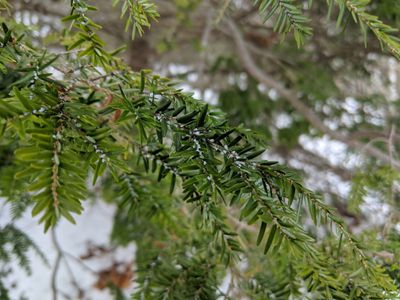
But hemlocks and the streams and species they support are at risk from two invasive pests. Despite their small size, the hemlock woolly adelgid (Adelges tsugae) and elongate hemlock scale (Fiorinia externa Ferris) can pack a punch, especially when both are present on the same tree. Often described as resembling the tip of a cotton swab, hemlock woolly adelgid (HWA) causes leaf damage, crown loss and eventual mortality of hemlocks by feeding at the base of needles and sucking nutrients from the tree stem. Elongate hemlock scale (EHS) harms hemlocks by sucking nutrients from the needles, causing discoloration, stunted growth and thinning as trees drop damaged needles.
Thanks to Great Lakes Restoration Initiative funding through the United States Department of Agriculture Division of Forestry, TNC is working alongside partner organizations to survey and treat populations of hemlocks for HWA and EHS throughout northeast Ohio to ensure hemlocks can continue supporting a rich diversity of native understory plants and a plethora of wildlife.
Scope of Plants in Ohio
-
2,300
Number of plant species in Ohio
-
78%
Percentage of Ohio's plants that are native
-
~500
Number of non-native plants in Ohio
-
100
Number of problematic plant species in Ohio
Helping Native Plants Thrive in Ohio
For decades, TNC has worked with partners and volunteers across Ohio to help native plants thrive. Here are some of the ways we're helping.
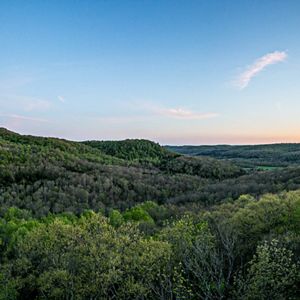
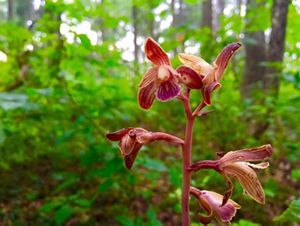



Edge of Appalachia: Forests like those at our Richard and Lucile Durrell Edge of Appalachia Preserve System are key to helping sequester carbon and mitigate the impacts of climate change © David Ike

Crested Coralroot: The Edge of Appalachia Preserve is home to rare plants like this crested coralroot orchid. © Jessica Lin

Wild Blue Lupine: TNC is protecting wild blue lupine in northwest Ohio. © Randall L. Schieber

Painted Trillium: TNC is protecting the endangered painted trillium. © Eric Aldrich/TNC
Promoting Forest Health at Edge of Appalachia
Healthy forests are better able to capture and store carbon. They are also better adapted to support an array of native wildlife species. TNC is working at the Richard and Lucile Durrell Edge of Appalachia Preserve to better manage 14,000 acres of forests by promoting the growth of oak trees while removing and suppressing the growth of non-native and invasive species within the ecosystems. And through the Family Forest Carbon Program, we’re also helping private landowners—who own 87% of Ohio’s remaining forests—better manage their land to support carbon sequestration and wildlife habitat.

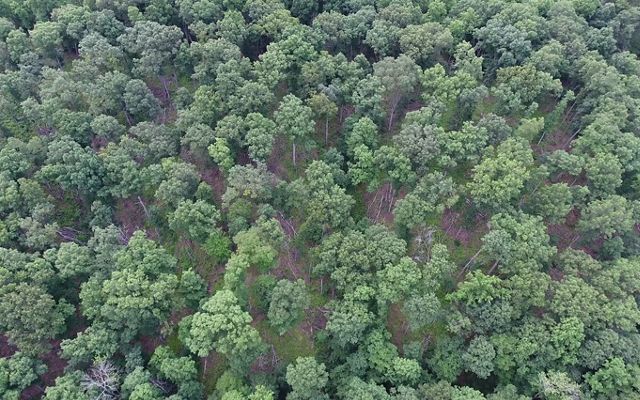
Supporting Endangered Pollinators at Kitty Todd
Since 1998, TNC has been working to conserve populations of wild blue lupine at the Kitty Todd Preserve in the Oak Openings region of Northwest Ohio. The native plant is the host plant for the federally endangered insect specialist, the Karner blue butterfly. Preserve staff maintain the habitat of the Karner blue through routine mowing that inhibits woody plant succession and helps blue lupine thrive. In 1998, Kitty Todd Nature Preserve became the first location for the reintroduction of the endangered butterfly and today volunteers conduct routine butterfly monitoring to gauge species populations from year to year.
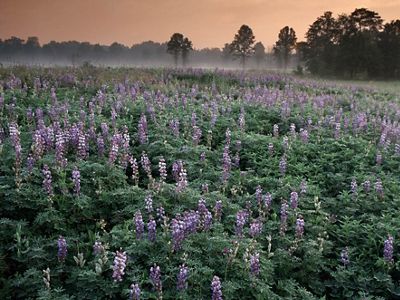
In addition to helping the Karner blue butterfly, TNC is restoring populations of dense and rough blazing star in the Oak Openings region of southeast Michigan with the hope of helping the blazing star borer moth thrive. Thanks to grants from the U.S. Fish and Wildlife Service, TNC staff have planted thousands of blazing stars on six sites since 2021. And early restoration efforts have proven successful, with staff observing 49 individual blazing star moth borers in fall 2020. Blazing stars support a variety of other wildlife species including bees and butterflies, making this project widely beneficial for a biodiversity in the region.
Protecting Native Wildflowers at Morgan Swamp
Of the eight species of trillium that naturally occur in Ohio, painted trillium (Trillium undulatum) is the rarest and perhaps most beautiful. So named for the splash of pink at the flower’s center, painted trillium is state-endangered. But the acidic soils of the hemlock forests at TNC’s Morgan Swamp Preserve in Ashtabula County provide ideal habitat for the spring-blooming flower. The preserve boasts the largest number of the rare flower in the state and TNC staff are working to ensure that the plant continues to thrive by protecting populations from deer browse through the construction of a deer exclusion fence.


Staff are also working to protect the lesser twayblade orchid (Neottia cordata) at the preserve. For 80 years, the orchid was locally extinct in Ohio until its rediscovery in the hemlock forests at the preserve in 2013. Today, the preserve is the only known area where this rare plant can be found in the state. Like painted trillium, lesser twayblade orchid is reliant on the eastern hemlock to maintain the habitat needed for its survival. Each spring, conservation staff conduct population studies to assess the health of these native plant communities. In 2022, staff counted 1,600 individual plants with over 600 in flower. Staff will continue monitoring and protecting the endangered wildflower from encroachment of invasive species and deer browse.
How You Can Help at Home
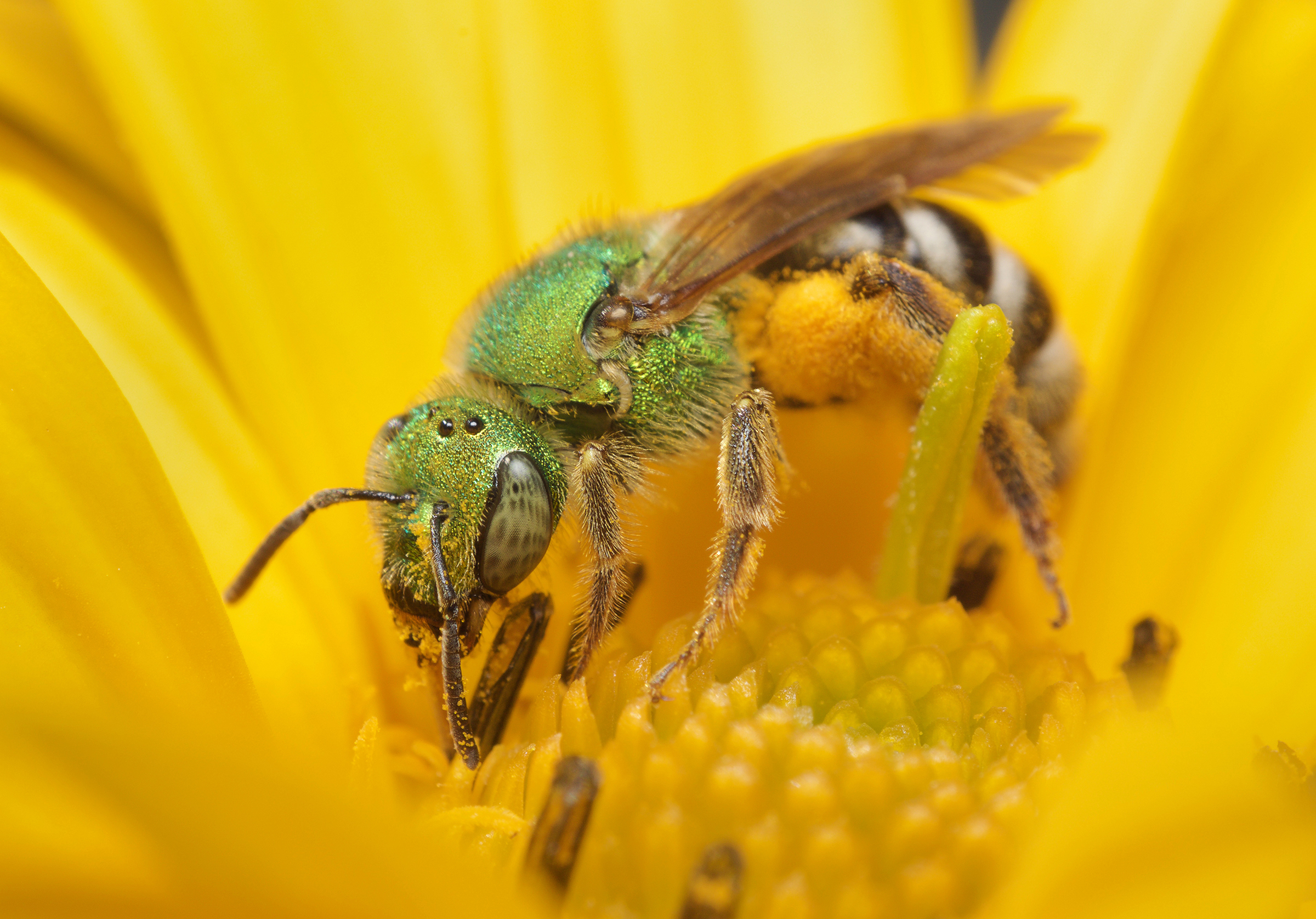
Planting for Your Ecoregion
An ecoregion is a geographic area characterized by its distinctive ecological features, such as climate, geology, topography, and biotic factors like plant and animal species. Ecoregions are typically defined based on a combination of factors that influence the distribution and abundance of various species and communities within an area. Ohio is generally divided into two main ecoregions. Choosing plants specific to your ecoregion is crucial for maintaining the health and biodiversity of these ecosystems. Native plants have evolved over thousands of years to thrive in their specific ecological niches, and they provide essential habitat and food sources for local wildlife, such as birds, insects and mammals.
Discover plants specific to your ecoregion by exploring regional planting guides from Polliator Partnership.
